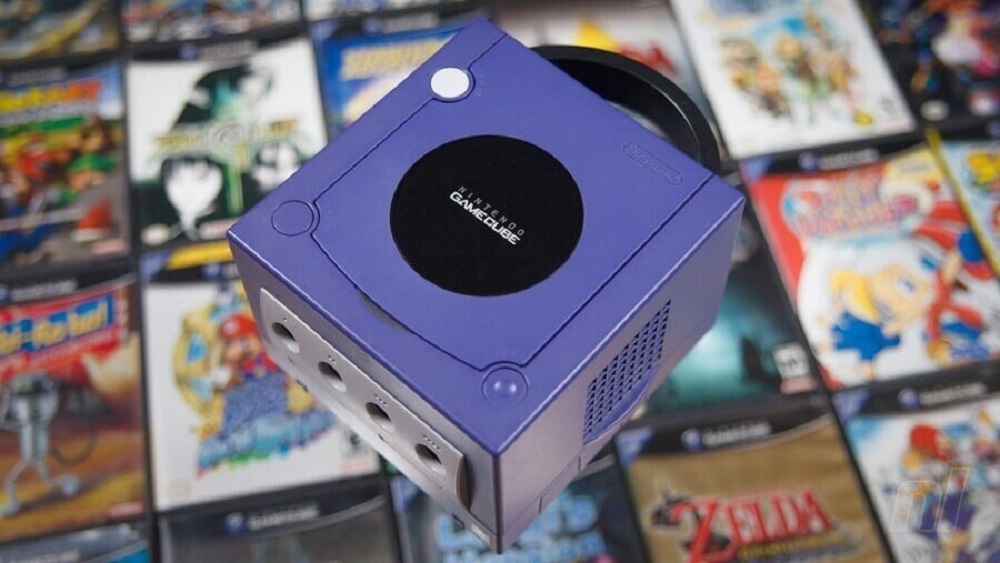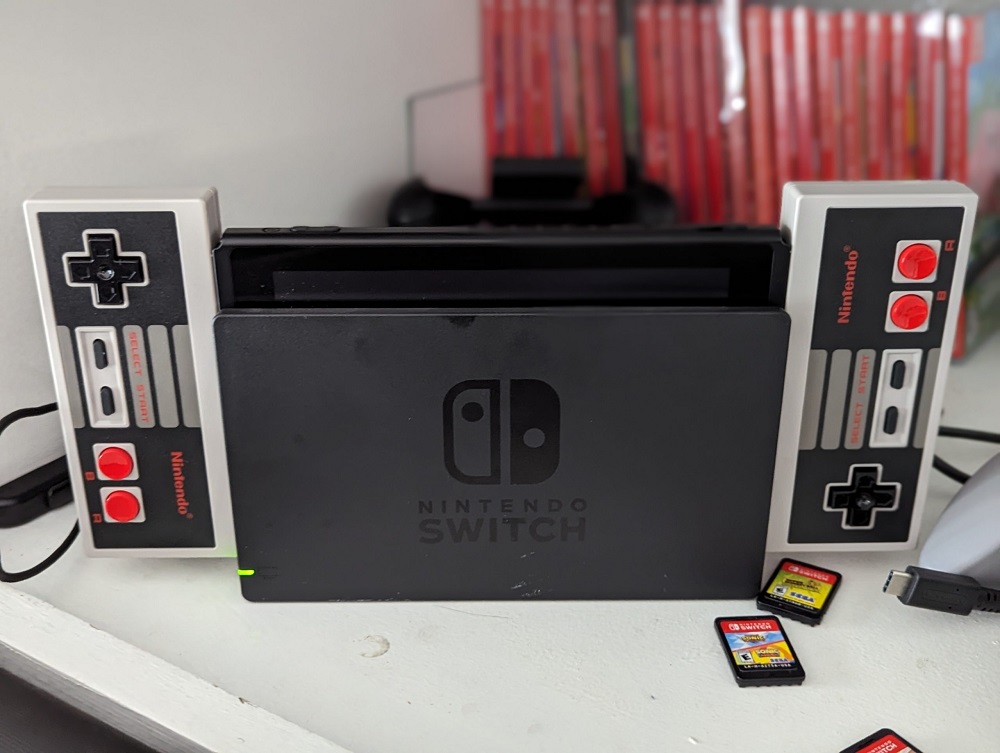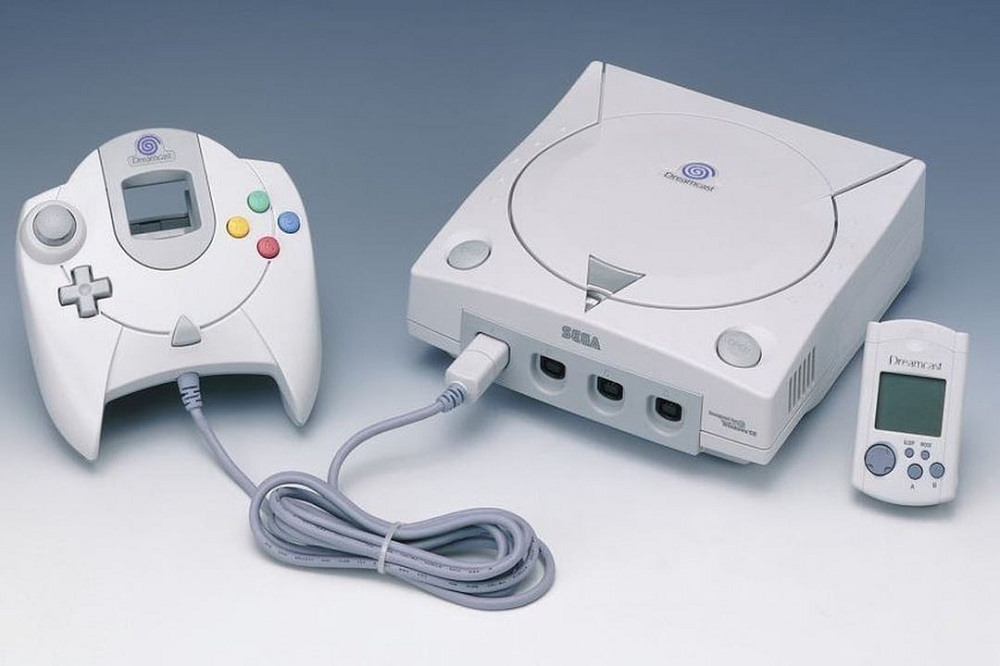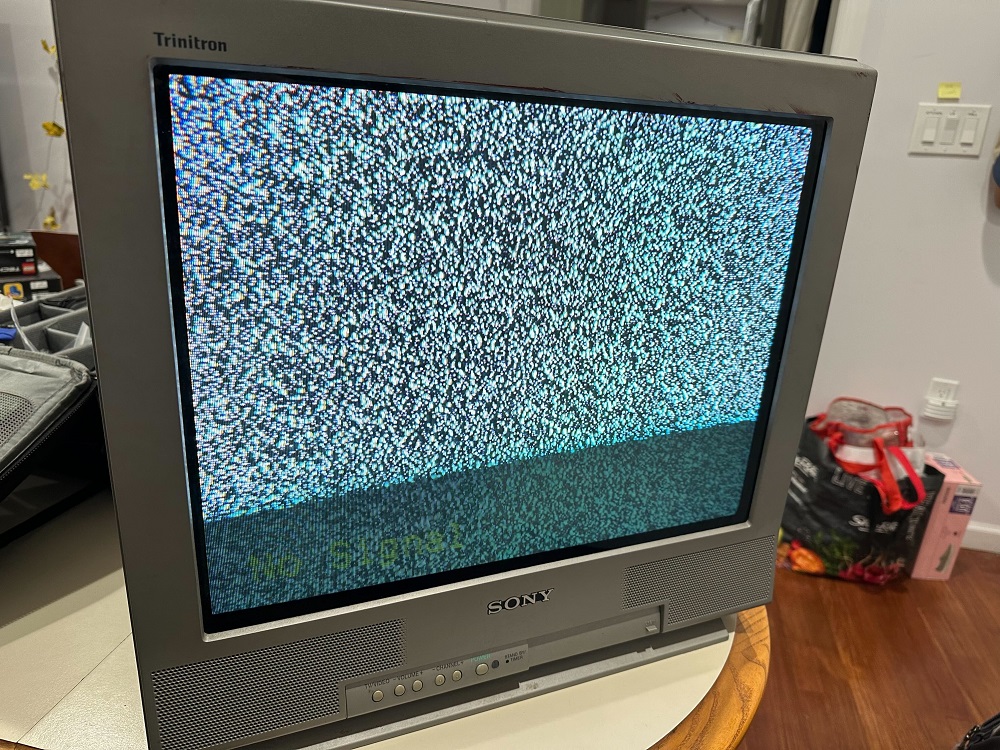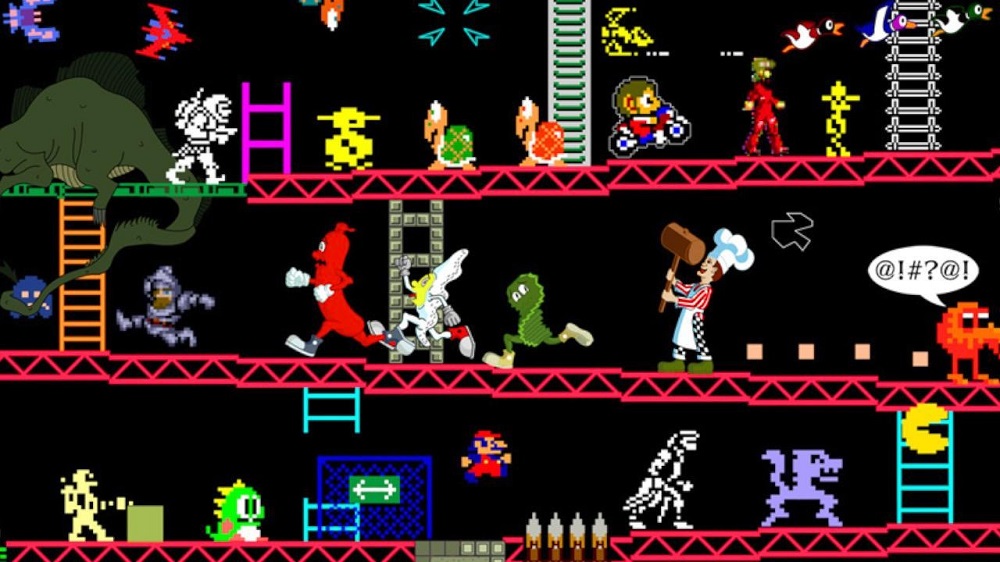In 2001, Nintendo launched the GameCube, a compact cube-shaped console that looked nothing like its competitors. Sandwiched between Sony’s dominant PlayStation 2 and Microsoft’s newcomer Xbox, the GameCube often gets overlooked in mainstream history.
Yet, in many ways, the GameCube was ahead of its time. From its controller design to its game library and even its hardware innovations, it set trends that only became appreciated years later.
At Oldies Nest, we believe the GameCube deserves more recognition. Here’s why Nintendo’s little cube was more revolutionary than many give it credit for.
A Compact, Unique Design
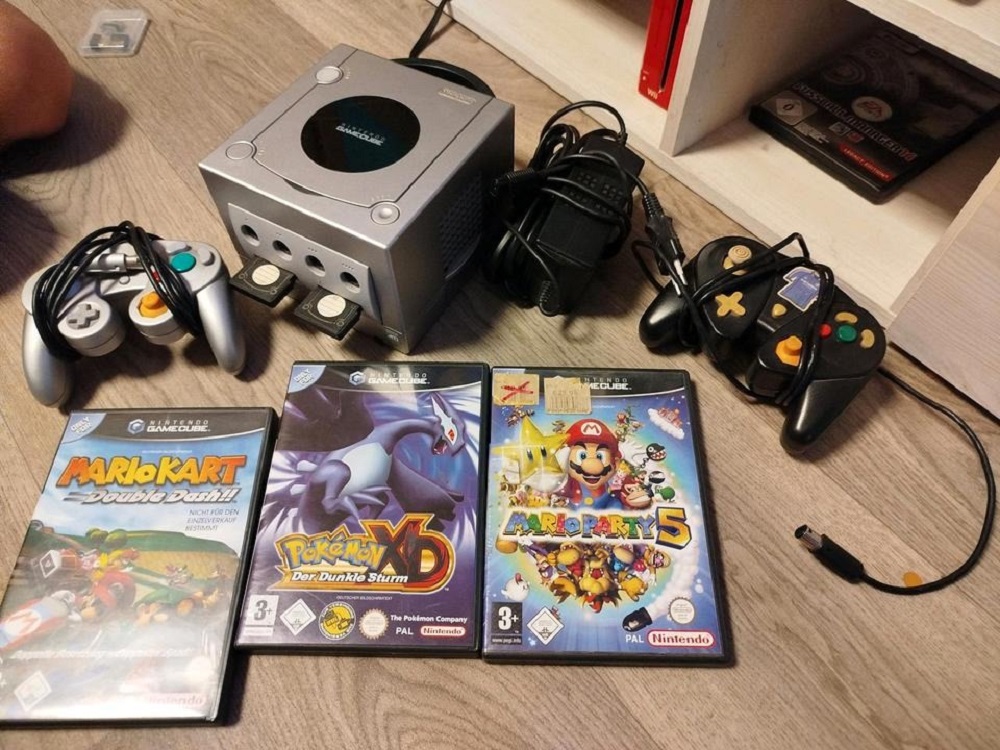
At a time when consoles were growing bulkier, the GameCube embraced minimalism and portability.
- Form Factor: Small, cube-like design with a carrying handle.
- Media: Used mini-discs instead of DVDs or cartridges.
- Durability: Built with surprising sturdiness — famously tested by gamers dropping it without damage.
While the mini-disc format limited storage compared to the PlayStation 2’s DVD advantage, the GameCube’s hardware showed Nintendo’s willingness to prioritize efficiency and creativity.
The Controller That Got It Right

Many retro fans still regard the GameCube controller as one of the best ever made.
- Ergonomics: Comfortable grip that suited long sessions.
- Innovations: Analog triggers with varying sensitivity, perfect for racing and shooters.
- Layout: The large green A button as the focal point simplified inputs.
Its enduring popularity is evident: Nintendo re-released GameCube-style controllers for Super Smash Bros. on later systems.
This refined design continued Nintendo’s tradition of controller innovation, much like how the NES controller became the standard.
Connectivity Ahead of Its Time
The GameCube experimented with console-to-handheld connectivity long before cross-platform play was standard.
- Game Boy Advance Link Cable: Used the GBA as a secondary screen or controller.
- Examples: The Legend of Zelda: Four Swords Adventures let friends use their GBAs for unique co-op experiences.
- Legacy: Anticipated ideas that would later be realized in the Wii U’s GamePad and the Switch.
A Stellar Library of Exclusives
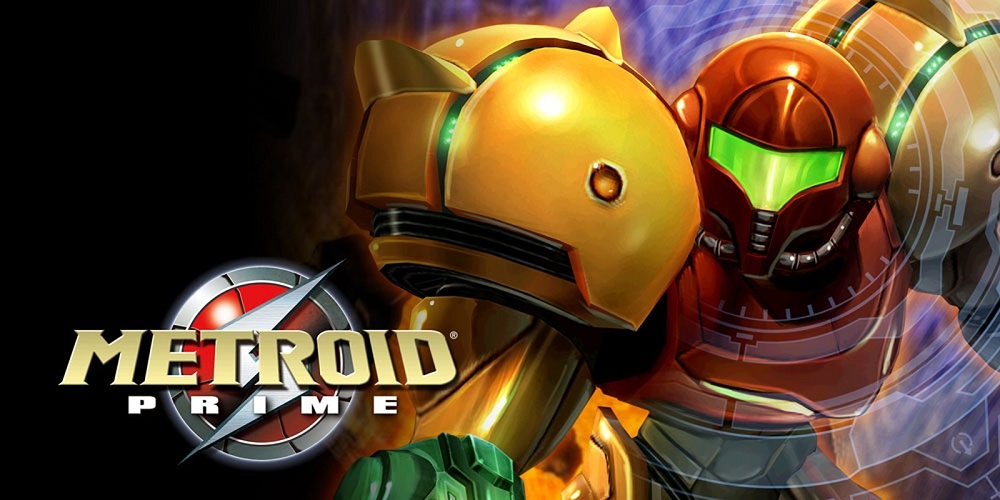
Despite facing competition, the GameCube delivered a stellar lineup of games that have aged remarkably well:
- Super Smash Bros. Melee – Still played competitively today.
- The Legend of Zelda: The Wind Waker – Initially divisive for its cel-shaded style, now beloved as timeless art.
- Metroid Prime – Redefined first-person exploration.
- Resident Evil 4 – Revolutionized action-horror before being ported to nearly every system.
- Animal Crossing – Introduced Western players to Nintendo’s charming life-sim series.
Many of these titles remain influential in modern gaming, proving the GameCube’s forward-thinking design choices.
Graphics and Performance
The GameCube often outperformed the PS2 in raw graphical power.
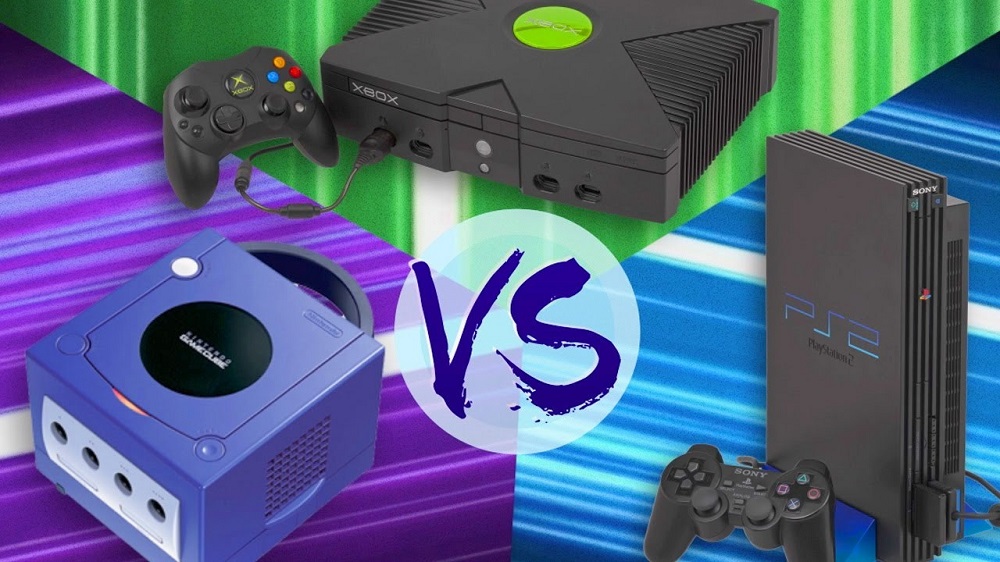
- Clean Visuals: Games looked brighter and sharper compared to PS2.
- Exclusive Showcase: Metroid Prime and Resident Evil 4 demonstrated how good the system could look.
- Limitations: Smaller disc format meant more compression or multi-disc releases.
While the PS2 had broader support, the GameCube quietly delivered some of the generation’s best visuals.
Multiplayer Fun – Couch Gaming at Its Peak
Nintendo doubled down on local multiplayer, making the GameCube the ultimate party system.
- Four controller ports standard (no multitap needed).
- Games like Mario Kart: Double Dash!!, Super Smash Bros. Melee, and Mario Party 4–7 defined group play.
- A culture of couch co-op and competition thrived, echoing the spirit of classics listed in Top 10 Co-Op Retro Games to Play with Friends.
Online Features – An Early Experiment
Though not as robust as Xbox Live, the GameCube dabbled in online play.
- Supported a broadband adapter for games like Phantasy Star Online.
- Ahead of its time, even if few titles used the feature.
- Foreshadowed Nintendo’s later, though still unconventional, approaches to online gaming.
Underrated Third-Party Support
While often criticized for lacking third-party backing, the GameCube still received noteworthy multiplatform hits:
- Soulcalibur II – Featuring Link as a guest character.
- Resident Evil 4 – Launched as a GameCube exclusive.
- Tony Hawk’s Pro Skater 3 and TimeSplitters 2 showed the system’s versatility.
Nintendo’s first-party lineup shined brightest, but third-party gems made the system well-rounded.
Collector’s Perspective in 2025
The GameCube has gained immense collector appeal:
- Rare Games: Titles like Fire Emblem: Path of Radiance and Chibi-Robo! command high prices.
- Hardware Variants: Spice orange and Panasonic Q models are collector favorites.
- Durability: Many GameCubes still work flawlessly today.
This places the console firmly within the culture of retro game collecting.
Why the GameCube Was Ahead of Its Time
Looking back, the GameCube was ahead of its time because it:
- Introduced connectivity between console and handhelds.
- Offered one of the most ergonomic controllers ever designed.
- Focused on fun, local multiplayer experiences that remain timeless.
- Delivered exclusives that still influence modern franchises.
Though it didn’t outsell competitors, it paved the way for innovations Nintendo would refine in later consoles.
Conclusion: Nintendo’s Underrated Masterpiece
The GameCube may not have won the sixth console generation, but in hindsight, it was one of Nintendo’s boldest and most innovative systems. Its design, games, and ideas were years ahead of the industry.
In 2025, retro fans look back at the GameCube not as a failure, but as a quirky powerhouse that shaped the future of gaming.
